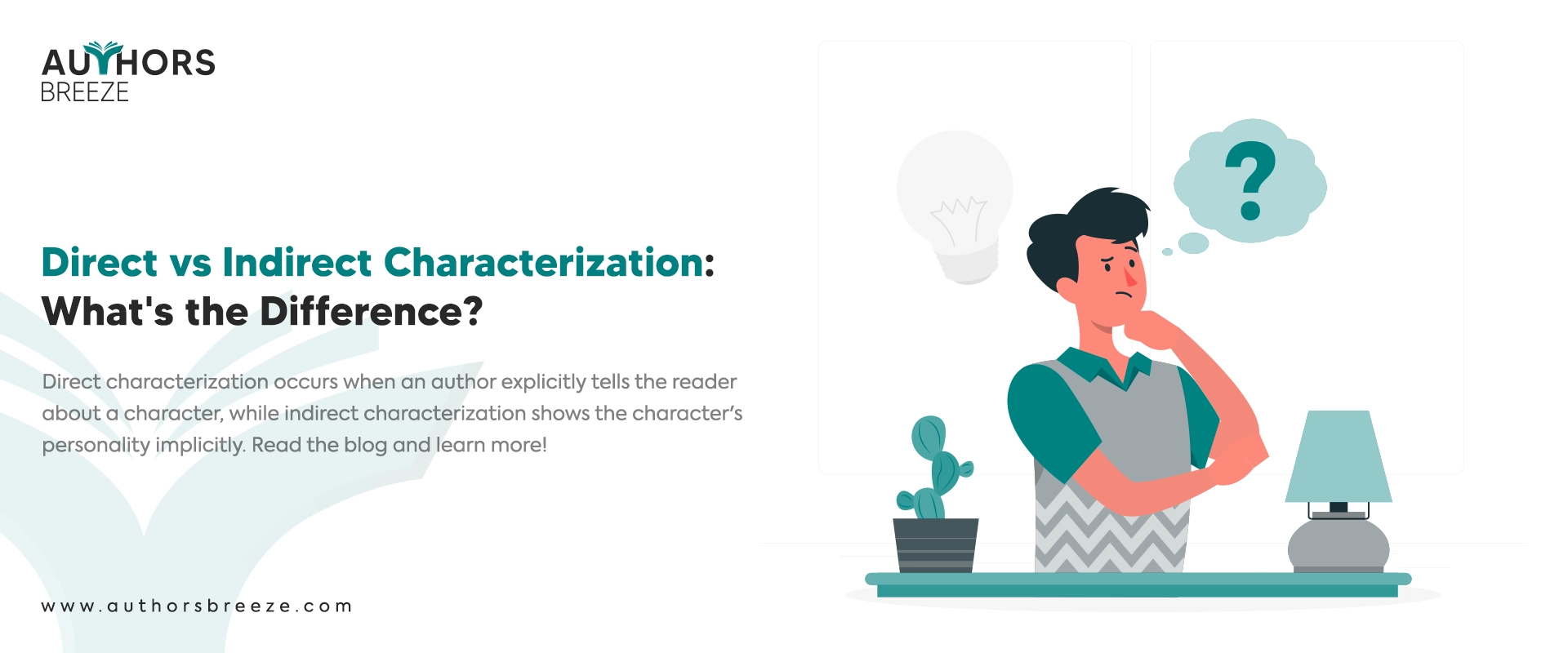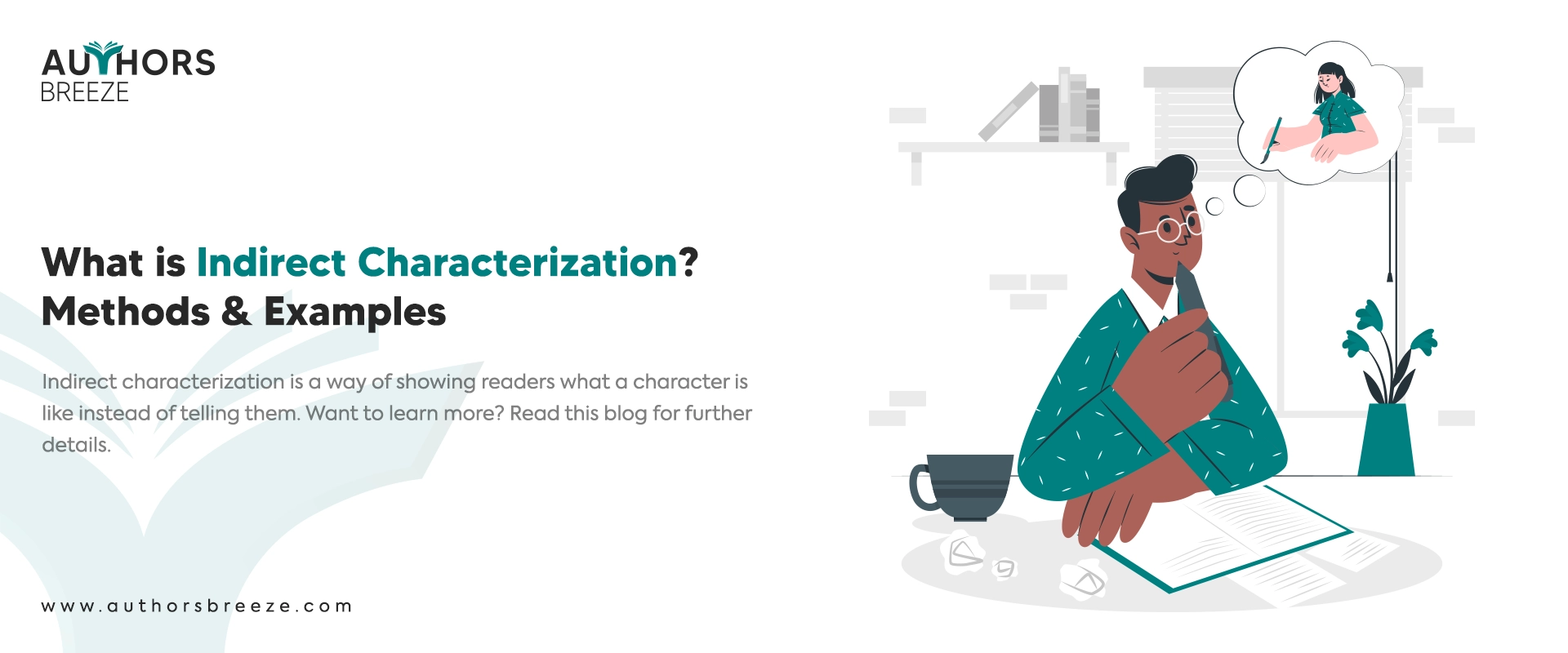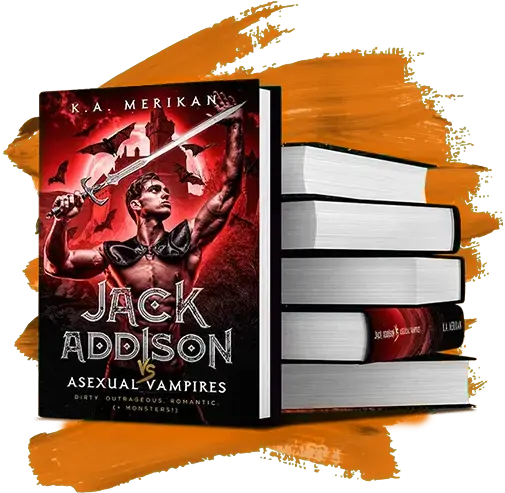Don’t Have Time to Read? Listen to Flat Character Instead!
Key Takeaways – What is a Flat Character?
- A flat character is a simple character in stories that do not change much but are still very important.
- They are like spices — not the main ingredient, but still essential for making the taste good.
- Flat characters usually have one or two main traits that make them easy to understand and remember.
- They play specific roles. For example, they highlight the main character or represent a big idea.
- Flat characters help the story move forward by keeping things familiar and adding fun.
- They make stories richer by being reliably themselves.
Incorporate a Flat Character Into Your Story!
Empower your narrative with Authors Breeze, where our ghostwriters sculpt flat characters. Infuse your story with life.
Introduction: What is a Flat Character?
Flat character is a part of book writing, and book writing is a part of an author’s life. Writing and publishing books is one of the best parts of their life. Writing your own book is as enjoyable as any other thing in the world. Therefore, if you are new to the community and want to write a book, then you should know what the characters are.
Characters are one of the central parts of a book, whether it is a:
They are the beings that truly bring the story to life. These characters can range from complex and evolving to simple and steady. So, today, we will focus on the latter one – the concept of a “flat character.”
Definition of a Flat Character
The flat character definition is quite simple. A flat character is a character in a story who is straightforward and does not change much throughout the story.
What is a Flat Character?
A flat character is someone in a story who is pretty simple to figure out and does not change much. They are similar to spices in a dish; they are not the main ingredient but are essential for the overall flavor. In addition, they are easy to understand and remember because they have one or two main traits that define them. Thus, if you want to become strong in terms of writing and publishing your own books, you have to understand flat characters.
Characteristics of Flat Characters
Flat characters are one of the main parts of the story. They may not undergo dramatic transformations or take center stage as a round character. However, their presence is vital for a well-rounded story. So, here are some key characteristics that define these simple yet significant characters:
Simple and Uncomplicated
To begin with, flat characters are the complete opposite of a round character. In short, flat characters are straightforward, and they often have a single trait or characteristic. However, do not think of them as boring, as this does not mean they are dull in any sense. In conclusion, they are easily understandable.
Inconsistent Development
One of the top traits of a flat character is that they remain consistent throughout the story. This means that they do not:
- Experience significant growth
- Face internal conflicts
- Change their perspectives
This constancy is not a flaw; it is by design. In addition, it allows the main characters, who undergo development, to shine and evolve against a stable backdrop.
Role in the Story
Flat characters usually have a particular job in the story. They can be there to:
- Show something important about the main character
- Represent a big idea
- Play a crucial part in the story
- Be a wise guide or the funny one
Hence, they are significant for making the story move along and making it rich for the reader. Knowing what these characters are like helps spot them in stories and also create one. They may not change a lot. However, they are essential for making a story enjoyable.
Examples of Flat Characters
Flat characters are not just theoretical concepts. They make the stories more attractive, which we love. In fact, they are the heart of stories, no matter it is classic literature or a movie. So, here are some memorable examples to understand how they come to life:
Flat Characters in Classic Literature
- Mr. Collins from Pride and Prejudice by Jane Austen.
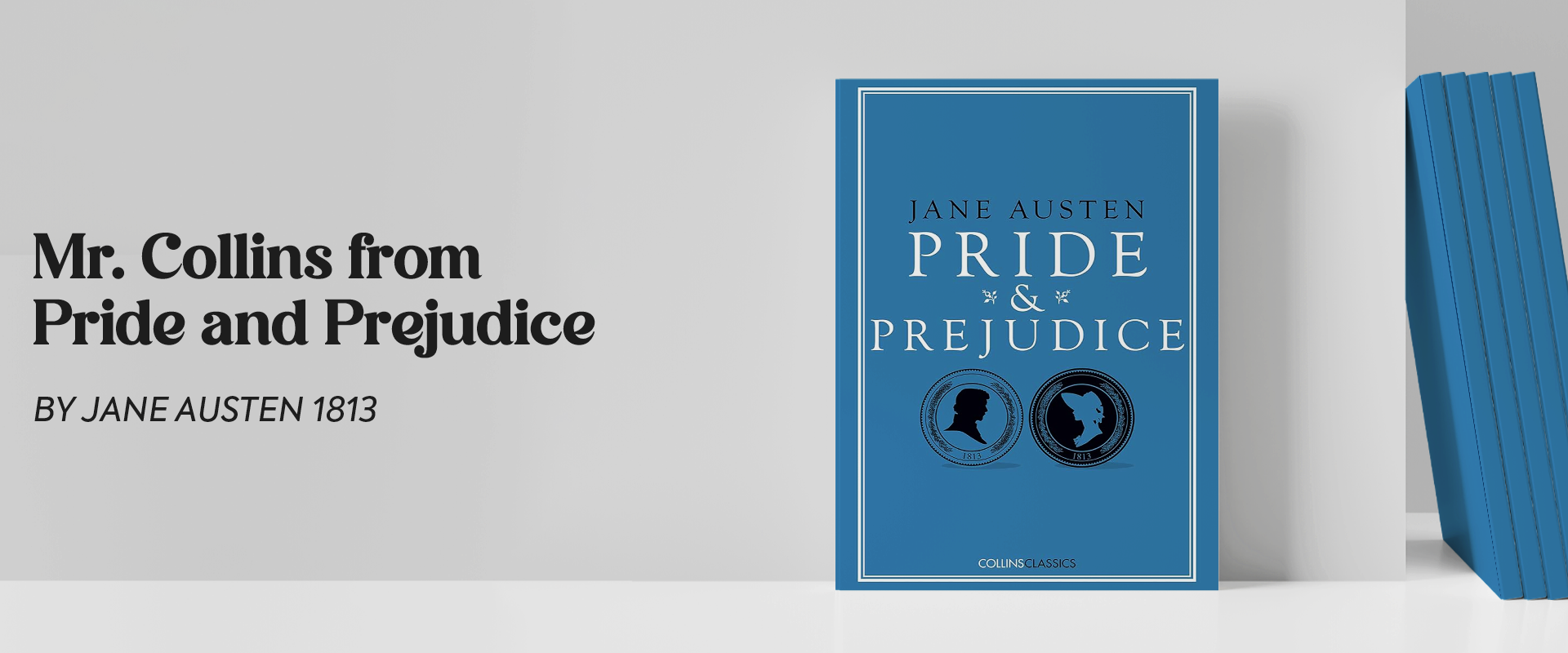
- Count Dracula from Dracula by Bram Stoker.
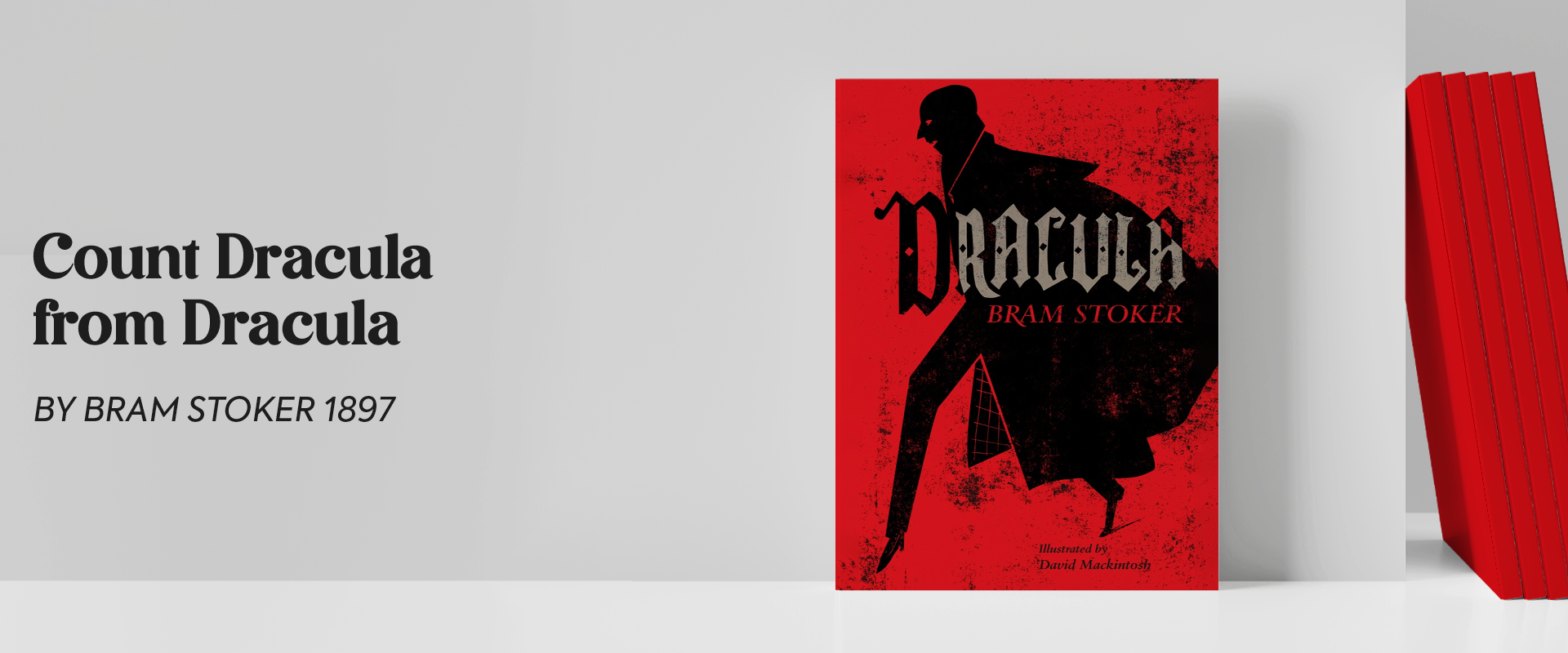
Some Flat Characters in Modern Literature
- Gollum from Lord of the Rings by J. R. R. Tolkien.
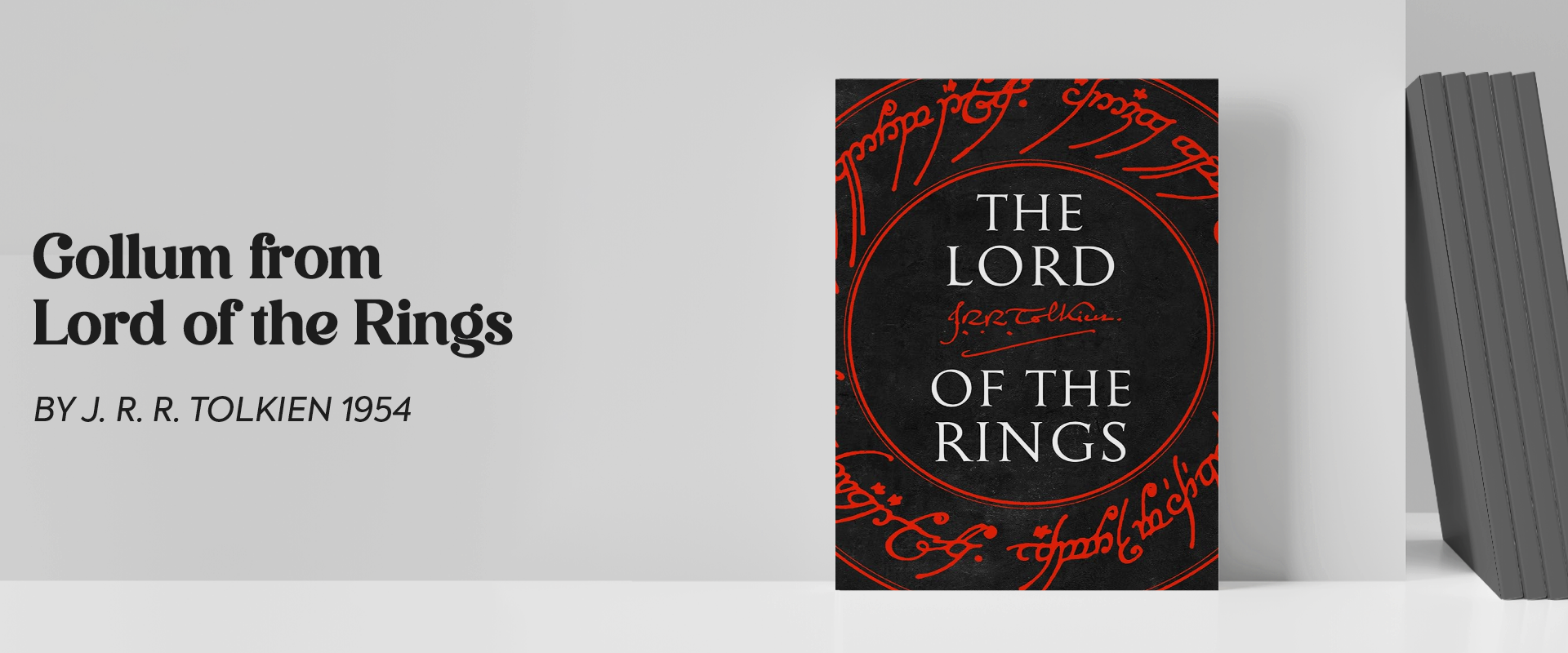
- Crabbe and Goyle from the Harry Potter Series by J.K. Rowling.
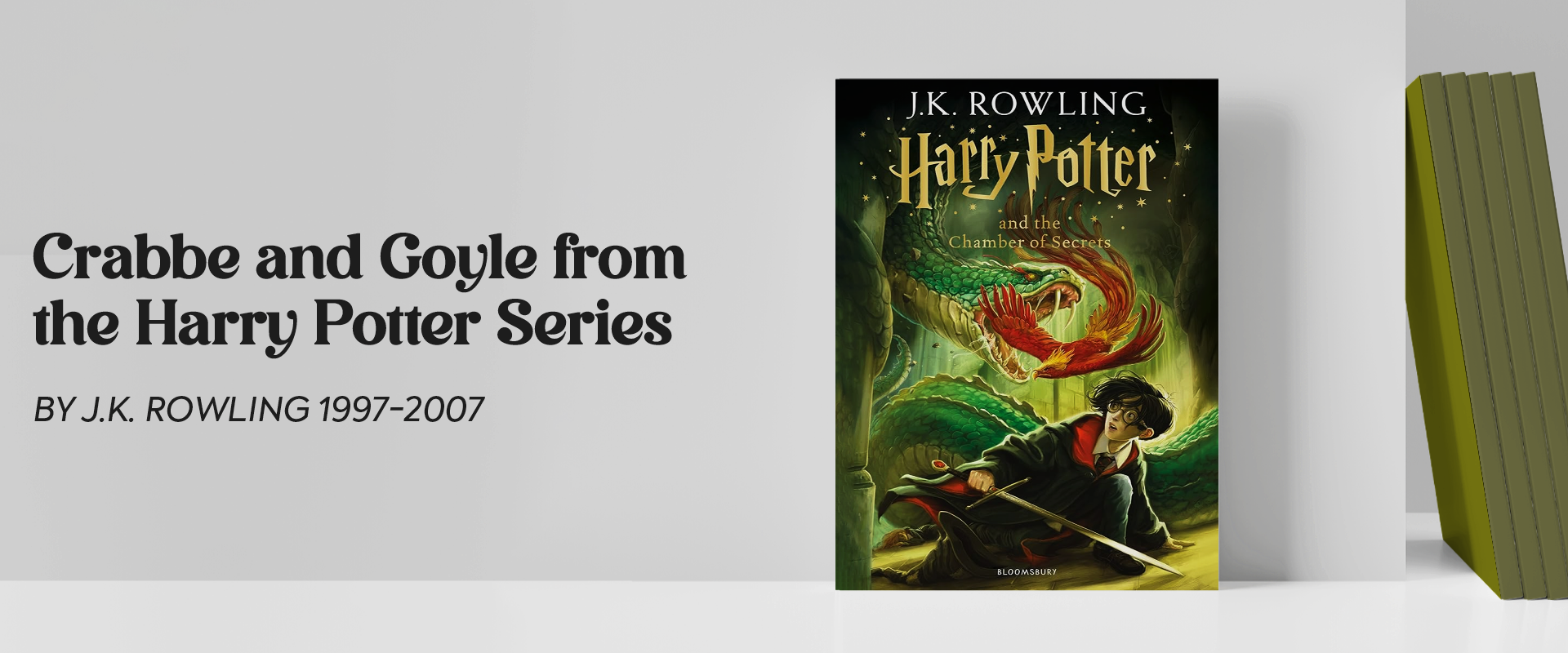
Flat Characters in Movies
- Fairy Godmother from the animated movie Cinderella.
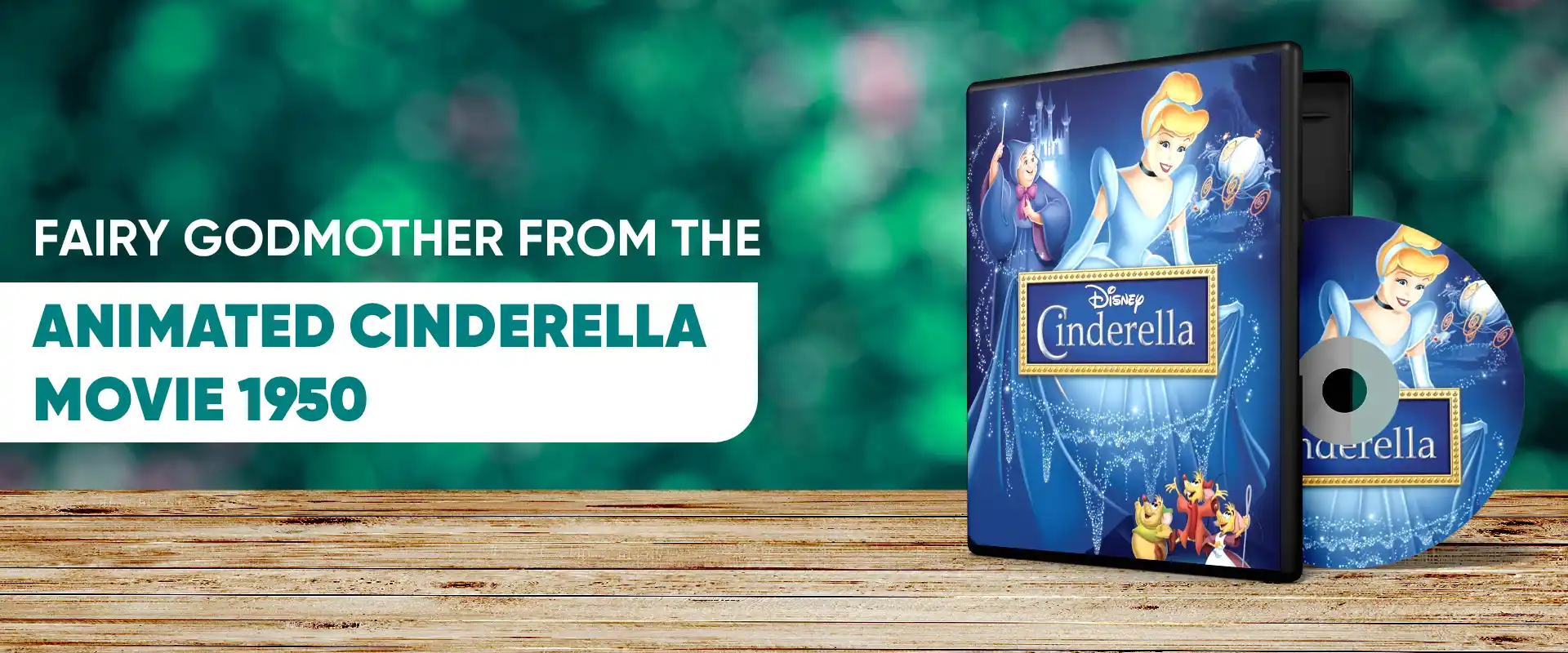
- Crush from the animated Finding Nemo movie.

Flat Characters in TV
- Holmes from the TV series Sherlock Holmes.
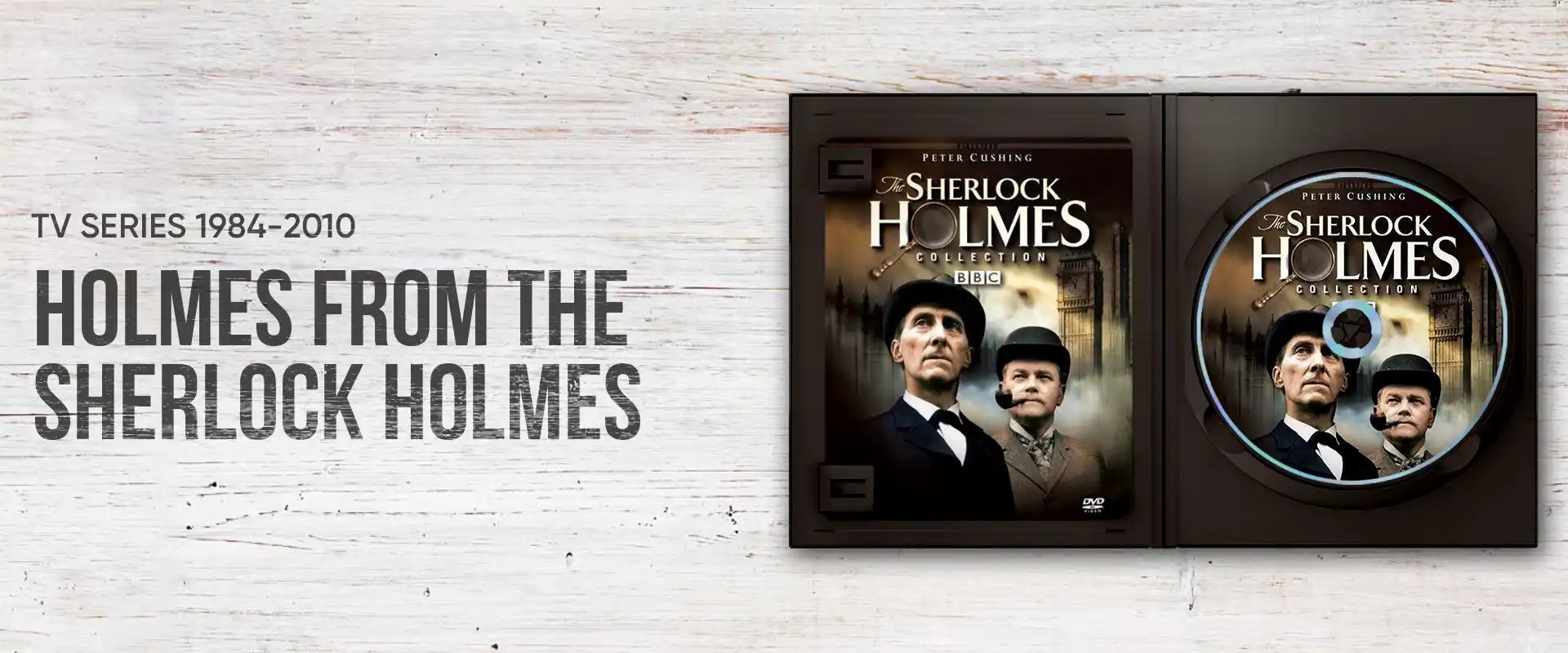
- Geralt of Rivia from The Witcher TV series.

Breathe Life into Your Characters
Go beyond the one-dimensional with Authors Breeze’s writing services that create characters readers will remember.
Flat vs. Round Characters
In storytelling, characters usually fall into two groups:
- Flat
- Round
While there are other characters as well, such as:
- Morally Grey Characters
- Foil Characters
- Tertiary Characters
However, we will be covering flat characters and round characters specifically. It is crucial for both the writers and readers to know the difference between these two kinds. Let’s explain the difference between round vs flat characters in detail.
Complexity and Development
The most significant difference between the two is how complicated they are and how they change. Round characters are detailed and grow a lot. They go through tough times that really change them. They have many sides to their personality that show up bit by bit, just as in real people. On the other hand, flat characters are more straightforward and do not really change. They act the same way throughout the story and have their own unique roles to play.
Purpose in the Story
Round characters are the ones who carry forward the story with their choices and changes. They are usually the main characters or the big stars of the story. Flat characters, though, help the story along. They have their own role to play, and they help with various things such as:
- Fill in the background
- Give extra details
- Make things lighter and funnier
You can always guess what flat characters will do. They balance out the round characters, who are constantly changing and moving the story forward.
Relatability
Round characters create a strong bond with the audience. This is because people can relate to these characters. Flat characters, though, are easy to get because they are so straightforward. Their steady, unchanging approach feels cozy and familiar. This makes them just as important to the story.
Why Flat Characters are Important?
Flat characters sometimes do not get as much attention when it comes to books and movies. The reason is because they are more straightforward than other characters. However, they are critical to storytelling for many reasons:
Contrast with Main Characters
Flat characters often act as a contrast to the main characters. They show off their:
- Detailed qualities
- Strengths
- Flaws
Due to their consistent traits, flat characters can really spotlight the main characters. They can bring the main characters to light by showing how they:
- Grow and change
- Make their stories stand out more
- Feel more important
Stability
In stories where things and characters are constantly changing, flat characters add some twist. They bring a feeling of steadiness. Flat characters keep the story balanced. They act like a steady base that the rest of the story can move around.
Move the Plot Forward
Sometimes, a story needs someone to do something specific to keep things going. Flat characters are great for this job because they are simple. They can do what is necessary without a lot of extra story or growth.
Adding Humor or Drama
Flat characters can be really good at making a story:
- Funny
- Exciting
- Tense
They can make people laugh or make them look forward to what is going to happen next.
Relatability
Flat characters are often defined by a single, easily identifiable trait. They can be immediately relatable to the audience. This instant recognition can help viewers or readers feel connected to the story from the start.
Accessibility
For writers, using flat characters can help more people get interested in the story. They bring clear and easy-to-get parts to the story. This is really helpful in stories that are difficult to understand or ones in places we do not know much about.
Creating Flat Characters in Writing
Mastering the art of creating compelling flat characters is as important as creating main characters. Here are some tips on how you can create and use flat characters in your stories:
Tips for Crafting Flat Characters
Define Their Purpose
Before you introduce a flat character, clear their role in the story. Put questions such as:
- Are they there to support the protagonist
- Offer comic relief
- Drive the plot forward
It is essential to understand their purpose as it will guide their actions and ensure they serve the narrative effectively.
Keep Them Simple, But Interesting
While flat characters are defined by simplicity, they should not be boring. Give them one or two distinctive traits that make them memorable. This could be a:
- Unique manner of speaking
- Specific look
- Peculiar habit
Consistency Is Key
The essence of a flat character is consistency. Thus, make sure that their behavior and reactions remain constant throughout the story. This predictability is what sets them apart from round characters and gives importance to their role in the story.
Use as a Foil
Flat characters can show off how complex and changing the main characters are. Their comparison with the main characters helps show how much the main characters grow and change. This makes their story more interesting.
Maintain Narrative Balance
Having characters that change and grow is good. However, having too many can make the story confusing. Adding simple characters helps keep things stable and balanced, so the story goes along nicely.
Enhance the Story’s Depth
When you include both flat and round characters, you can create a rich and more layered narrative. Flat characters add depth by filling in the world around the protagonists. Moreover, this makes it feel more natural and believable.
Use Direct and Indirect Characterization
When crafting flat characters, it’s crucial to define them clearly through both direct and indirect characterization.
Direct characterization is used when the narrator explicitly tells the reader about the character’s traits. For flat characters, this could involve straightforward descriptions such as.
“John was always punctual” or “She had a sharp, no-nonsense demeanour.”
Indirect characterization is revealed through actions, dialogue, or interactions with others for example.
“A flat character might constantly help others in the background without being asked, subtly showing their kindness, or they might always crack jokes, showcasing their role as comic relief.”
Frequently Asked Questions
Who is a round character?
A round character is detailed and carefully created. They often have a big part in the story. They are made in a way that makes people want to focus on them for a particular reason.
Which is the best example of a flat character?
Sherlock Holmes – He might be the most well-known example of a flat main character. Even though he is a bit odd, Holmes is not very complicated, and he stays the same in all his stories.
What is a flat character in literature?
Flat characters are simple and don't change much in a story. They're pretty straightforward. On the other hand, round characters are more complicated and grow or change in ways that might even surprise you.
Conclusion
So, flat characters are the simple characters in stories that do not change much. However, they are essential for the story. So, if you want to write your own story or just enjoy someone else’s, remember their importance. These characters are vital to making the story feel complete and enjoyable. While they might not be in the spotlight, they sure do help make the story shine. If you want to write your own book or need help writing one with interesting flat characters, then you can contact Authors Breeze. They are the leading book publishing Company and can help you enormously.
Give Your Flat Characters Depth
Turn static personalities into dynamic forces with comprehensive self-publishing services that refine character development.




